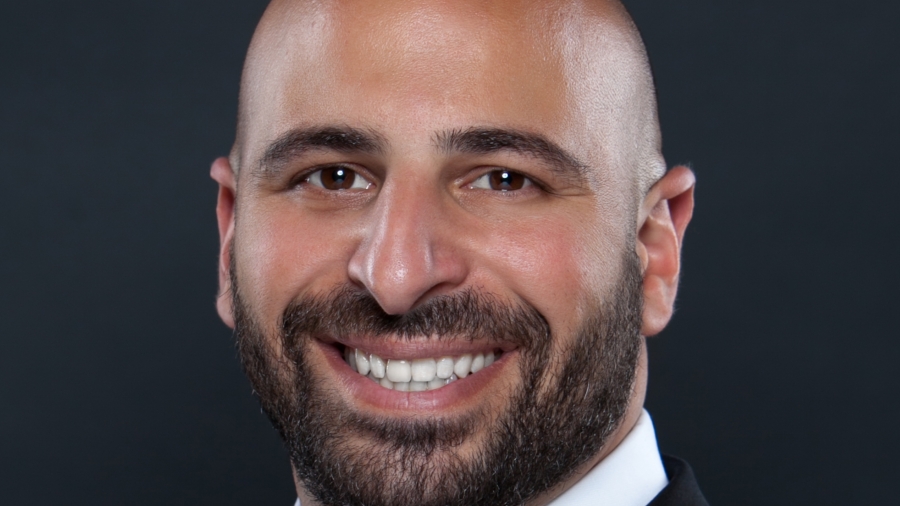Interview: Yammer CTO Adam Pisoni
Taking Microsoft into enterprise social networks

Salesforce is doing it. Even stodgy old SharePoint is doing it. But Yammer was there first, building social networks for business – so successfully that the company was snapped up by Microsoft last year.
Microsoft will offer Yammer as part of SharePoint Online through Office 365 and the two products will get much closer integration – but Yammer isn't switching to the forward planning and long release cycles of Microsoft's business software.
In fact, says CTO Adam Pisoni, Yammer is teaching Microsoft how to work in the faster paced world of online services, as well as picking up useful ideas about what larger businesses actually need.
The key, he tells TRPro, is to remember everything is changing – and to assume you're wrong.
"One of the core things we have to optimise for is constant change," Pisoni says. "Historically integrations have not been optimised for that; they've been optimised for you integrate once and then nothing can change."
Traditional enterprise systems like SAP and Siebel take a long time to deploy so they stick around for a long time, especially if you add custom code for your business works that does not always work with new versions. Web platforms don't stay static in the same way.
"Twitter has backed off of having people build clients on top of them, Facebook backed off of their platform where you could build stuff. The high velocity players are moving to a world of data integration; let's agree on a vocabulary to describe what's happening in our applications and then each build on top of that in a way that doesn't break the other."
Are you a pro? Subscribe to our newsletter
Sign up to the TechRadar Pro newsletter to get all the top news, opinion, features and guidance your business needs to succeed!
That means the Yammer service can be always changing. "We begin with the idea that whatever we do, it shouldn't slow us down. And we start with the assumption that we're wrong about - well, most things."
That assumption means trying things and measuring results. "If we're wrong, how do we find out?"
As a result, Pisoni says: "Yammer is not a product with a set of features. Yammer is a set of experiments at any given time."
There is no grand plan for the future, he claims. "A company could get our whole secret product roadmap and it wouldn't make any difference to us, because it's going to change so fast. We're going to implement it so fast it doesn't matter."
Product engineering has to move faster, he says. "Part of the debate about why you do a lot of planning up front is you want to catch the pitfalls before you get there.
"The problem there is if you make assumptions about the pitfalls and build against those assumptions that are wrong, if you're doing any kind of long term planning and you're building for the long term thing, your mistakes are enormous because before you realise it was a mistake, and you're too far out."
Pisoni says that changing things faster doesn't mean you're always right. "If you're iterative you're also going to make mistakes, you're going to build some of the wrong things but you're more likely to have smaller mistakes because you have more checkpoints.
"There's an idea you can have a long term plan and built iteratively. I don't believe in that because you're still not flexible in what you're building, you're building towards this end state. But I know I can't predict two years out."
You can't just start out blindly though. "What you do is have a general idea of the value you provide and a way to measure that value and then you build towards that and know that you're going to be wrong.
"Yes, you make some assumptions; that's OK. We have some big bets we want to make in the next few years. We are going to figure out how to test those, quickly and iteratively, so that we don't just build the whole thing and hope it's right."
Mary (Twitter, Google+, website) started her career at Future Publishing, saw the AOL meltdown first hand the first time around when she ran the AOL UK computing channel, and she's been a freelance tech writer for over a decade. She's used every version of Windows and Office released, and every smartphone too, but she's still looking for the perfect tablet. Yes, she really does have USB earrings.